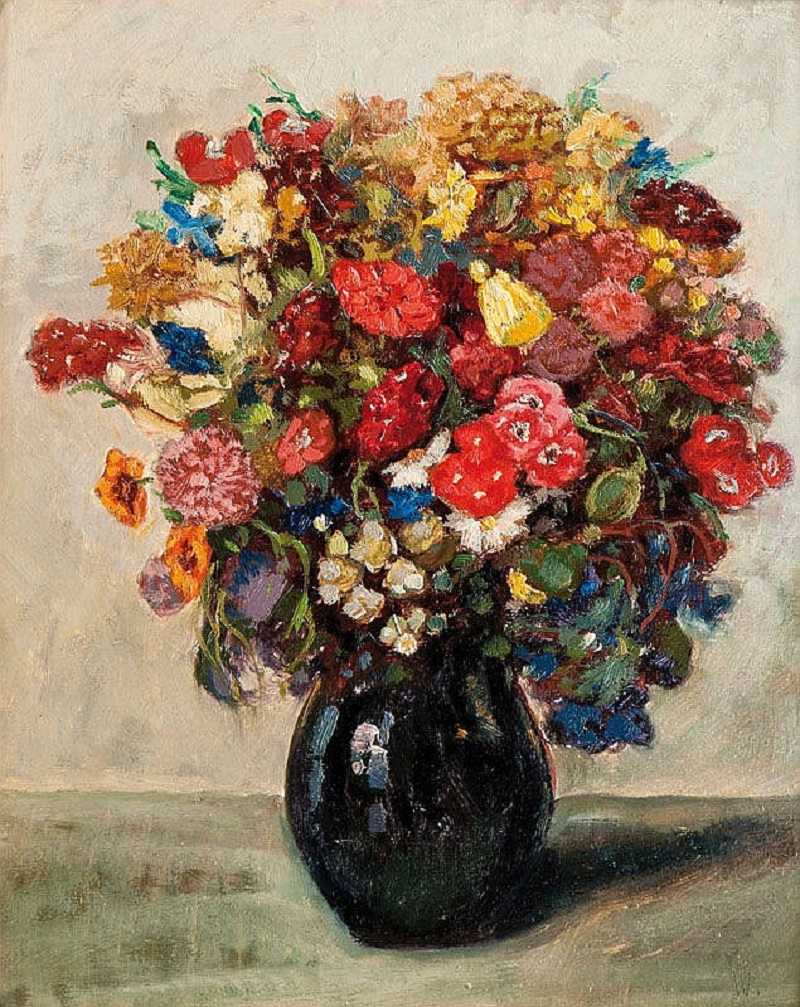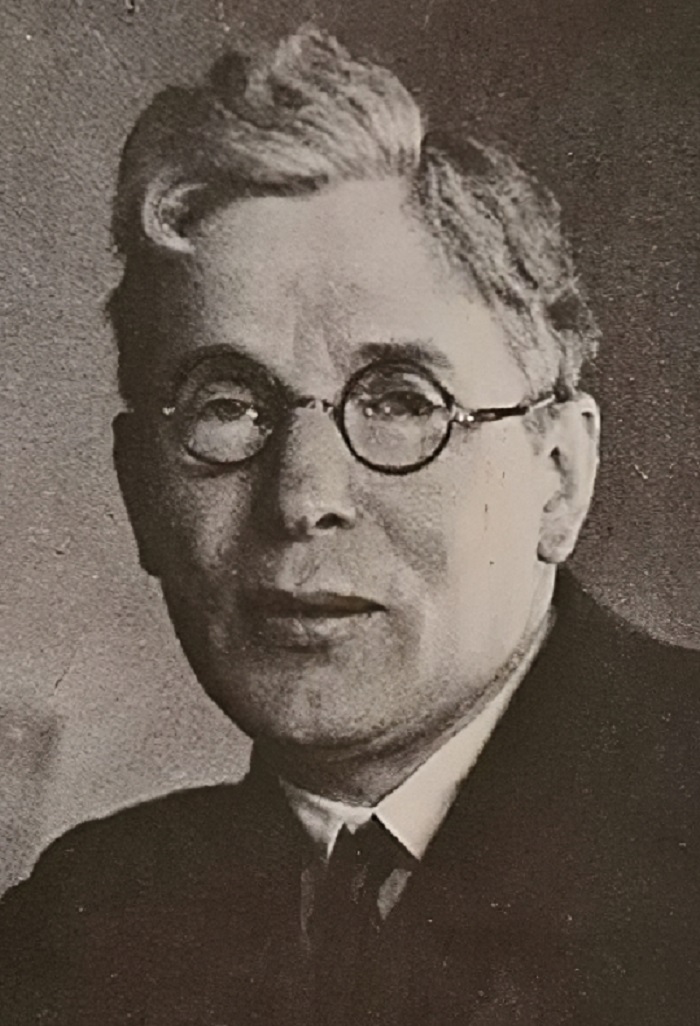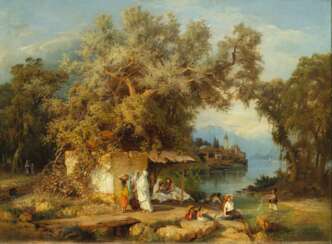paul thiem

Paul Adolph Martin Thiem was a German painter, writer, graphic artist and book illustrator.


Paul Bril was a prominent Flemish painter, best known for his significant contributions to landscape painting. Born around 1554 in Antwerp, he later moved to Rome, where he became a central figure in the art scene, influencing the Italian and Northern European landscape painting traditions.
Paul Bril's early works were steeped in the Flemish manner, exhibiting a picturesque arrangement of landscape elements with dramatic contrasts of light and dark. His style evolved during his stay in Rome, influenced by the work of Annibale Carracci and Adam Elsheimer. By around 1605, Bril's compositions became more serene and classical, showcasing calmer transitions from foreground to background and embracing pastoral and mythological themes.
Paul Bril's contributions extended beyond his paintings. He was a respected figure in Rome's art community, becoming the first foreign director of the Accademia di San Luca in 1621. His patrons included some of the most influential families in Rome, and his work was sought after by collectors and fellow artists. Bril's influence was profound, impacting future generations of artists, including the Dutch Italianates and genre painters active in Rome.
His works can be found in prestigious galleries worldwide, illustrating his enduring legacy in the art world. For collectors and art and antiques experts, Paul Bril's work represents a significant period in the evolution of landscape painting, blending Flemish traditions with Italian classicism.
For those interested in exploring the captivating landscapes and historical significance of Paul Bril's art, staying informed about new product sales and auction events is essential. Signing up for updates can provide valuable insights and opportunities to acquire pieces associated with this influential artist.




Paul Wassily was a German landscape painter.

Paul Barthel was a German genre painter and portrait painter. He studied painting from 1877 at the School of Applied Arts in Dresden and then at the Royal Prussian Academy of Arts in Berlin with Julius Ehrentraut and Eugen Bracht.
Paul Barthel worked in Dresden, where he focused mainly on watercolours. In 1922 he settled in Bamberg, where he worked as a restorer.


Paul Mathias Padua was a German painter. He felt committed to the tradition of Wilhelm Leibl, a realist who was highly esteemed by Adolf Hitler, and was extremely successful as an artist during the National Socialist era.


Paula Moderzohn-Becker was a German early expressionist painter.
In her youth she attended the traditional School for Women Artists in Berlin. Like many local German artists, she painted sentimental landscapes and scenes from peasant life.
And in 1900 Paula traveled with her husband to Paris, where she was influenced by post-Impressionist paintings and became an ardent enthusiast of painting by Paul Gauguin and Paul Cézanne. Today she is considered a forerunner of Expressionism because of the power of her compositions, although during her lifetime she was completely ignored. During her short career Moderzohn-Becker painted 750 canvases, about 1,000 drawings and 13 etchings, all of which incorporated the major art movements of the early 20th century.


Paula Moderzohn-Becker was a German early expressionist painter.
In her youth she attended the traditional School for Women Artists in Berlin. Like many local German artists, she painted sentimental landscapes and scenes from peasant life.
And in 1900 Paula traveled with her husband to Paris, where she was influenced by post-Impressionist paintings and became an ardent enthusiast of painting by Paul Gauguin and Paul Cézanne. Today she is considered a forerunner of Expressionism because of the power of her compositions, although during her lifetime she was completely ignored. During her short career Moderzohn-Becker painted 750 canvases, about 1,000 drawings and 13 etchings, all of which incorporated the major art movements of the early 20th century.


Ingwer Paulsen was a German graphic artist and painter.
Ingwer Paulsen was primarily an etcher. His subjects were the landscape and architecture of the west coast of Schleswig-Holstein and all the countries he visited on his study trips.
After the end of the First World War, he temporarily aspired to the totality of all means of expression, from graphic art, painting and sculpture. In addition to sculptures, he created designs for large colour murals. In 1925 he illustrated the book Einsame Ufer. Hallignovellen by Elfriede Rotermund. From the mid-twenties he increasingly devoted himself to painting and experimented with Impressionist and Expressionist styles. His thematic approach to Nazi ideology remained without significant resonance.


Ingwer Paulsen was a German graphic artist and painter.
Ingwer Paulsen was primarily an etcher. His subjects were the landscape and architecture of the west coast of Schleswig-Holstein and all the countries he visited on his study trips.
After the end of the First World War, he temporarily aspired to the totality of all means of expression, from graphic art, painting and sculpture. In addition to sculptures, he created designs for large colour murals. In 1925 he illustrated the book Einsame Ufer. Hallignovellen by Elfriede Rotermund. From the mid-twenties he increasingly devoted himself to painting and experimented with Impressionist and Expressionist styles. His thematic approach to Nazi ideology remained without significant resonance.









































































